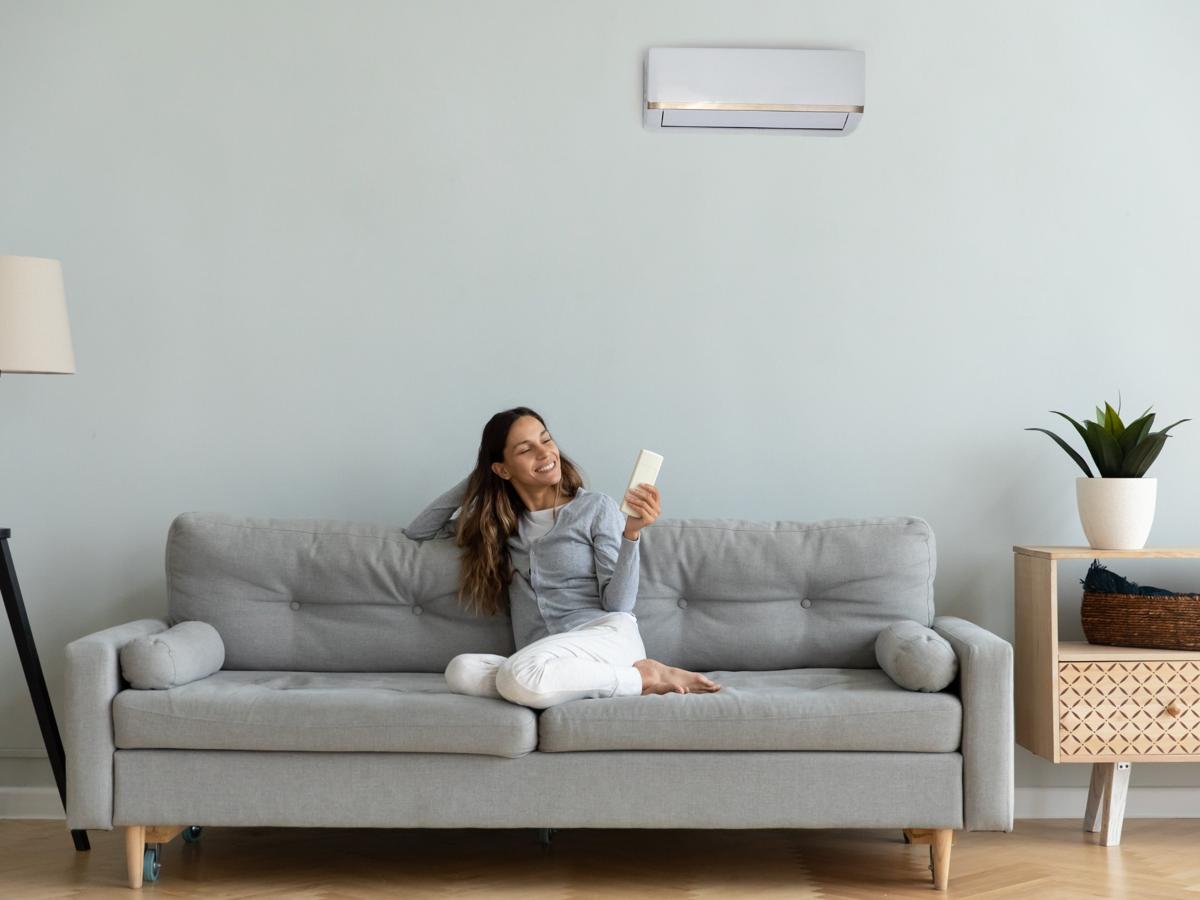In the age of smart technology, thermostats have become more intuitive and easier to manage, offering a convenient way to control your home's heating and cooling. A smart thermostat can not only help reduce your energy bill but also make your living environment more comfortable. However, getting the most out of your smart thermostat requires some initial setup and programming.
Understanding Your Smart Thermostat
Before diving into programming, it's helpful to familiarize yourself with your thermostat's features and interface. Brands like Nest, Ecobee, and Honeywell offer different models with varying capabilities, so it's important to read the user manual or online resources related to your specific model. Basic functions across most smart thermostats include setting schedules, learning patterns, and remote access via a smartphone app.
Setting Up Your Smart Thermostat
1. Installation Basics
When installing a smart thermostat, ensure your HVAC system is compatible. Most smart thermostats require a C-wire for constant power. If a C-wire is missing, consider hiring a professional for installing a smart thermostat. Follow the manufacturer's instructions carefully to avoid damaging your system.
2. Connecting to Wi-Fi
A critical step in setting up your thermostat is connecting it to your home Wi-Fi network. Once connected, you'll gain access to remote functionality via the thermostat's mobile app. This feature allows you to adjust settings whether you're at home or away, giving you greater control over your energy use.
Programming Your Schedule
The heart of a smart thermostat is its ability to follow a schedule that matches your lifestyle. Here's a simple step-by-step guide to help you program your thermostat:
Weekday and Weekend Differences
Begin by creating a heating and cooling schedule. During weekdays, you might want different temperature settings compared to weekends. For example, set the temperature lower during the hours when the house is empty on a weekday but adjust it for comfort in the evenings when everyone is home.
Time Blocks
Break down each day into several time blocks:
Morning: Set a comfortable temperature for when you wake up.
Daytime: Adjust the temperature for when the house is empty. Consider setting it slightly higher in summer or lower in winter.
Evening: Program the thermostat to ensure a cozy temperature when you return home.
Night: Lower the temperature at bedtime. Research from the National Sleep Foundation suggests that cooler temperatures can improve sleep quality.
Utilizing Geo-Fencing
Many smart thermostats come with a geo-fencing feature that adjusts the temperature based on your phone's location. When you leave the house, the thermostat can enter an energy-saving mode and resume your preferred settings when you're back. Ensure to test this feature to find a balance between comfort and efficiency.
Learning Algorithms
Some smart thermostats offer learning capabilities, meaning they observe and memorize your behavior over time to optimize settings automatically. Allow this process to take its course for a week or two, then review your settings to see if they align with your preferences.
Energy-Saving Tips
Seasonal Adjustments: Depending on the season, check and adjust your thermostat for optimal comfort and efficiency.
Home Zoning: If your home supports different heating zones, set specific temperatures for each zone to avoid unnecessary heating or cooling.
Vacation Mode: Most smart thermostats offer a vacation mode, which adjusts the temperature while you're away for an extended period, helping save on energy costs.
Conclusion
Programming your smart thermostat might require some time and experimentation, but it's a worthwhile effort. Embrace the learning experience, tweak your settings as necessary, and consult user forums for community-driven insights.
Remember, the goal is to create a comfortable living environment while efficiently managing energy use. By understanding and properly setting up your smart thermostat, you can enjoy both convenience and potential cost savings.
References:
- Energy.gov's guide on Thermostats and Control Systems.
- National Sleep Foundation's insights on Optimal Room Temperature for Sleep.
By sharing knowledge and experiences, we can make our smart homes even friendlier. Feel free to drop your comments and let us know how you program your thermostat!


